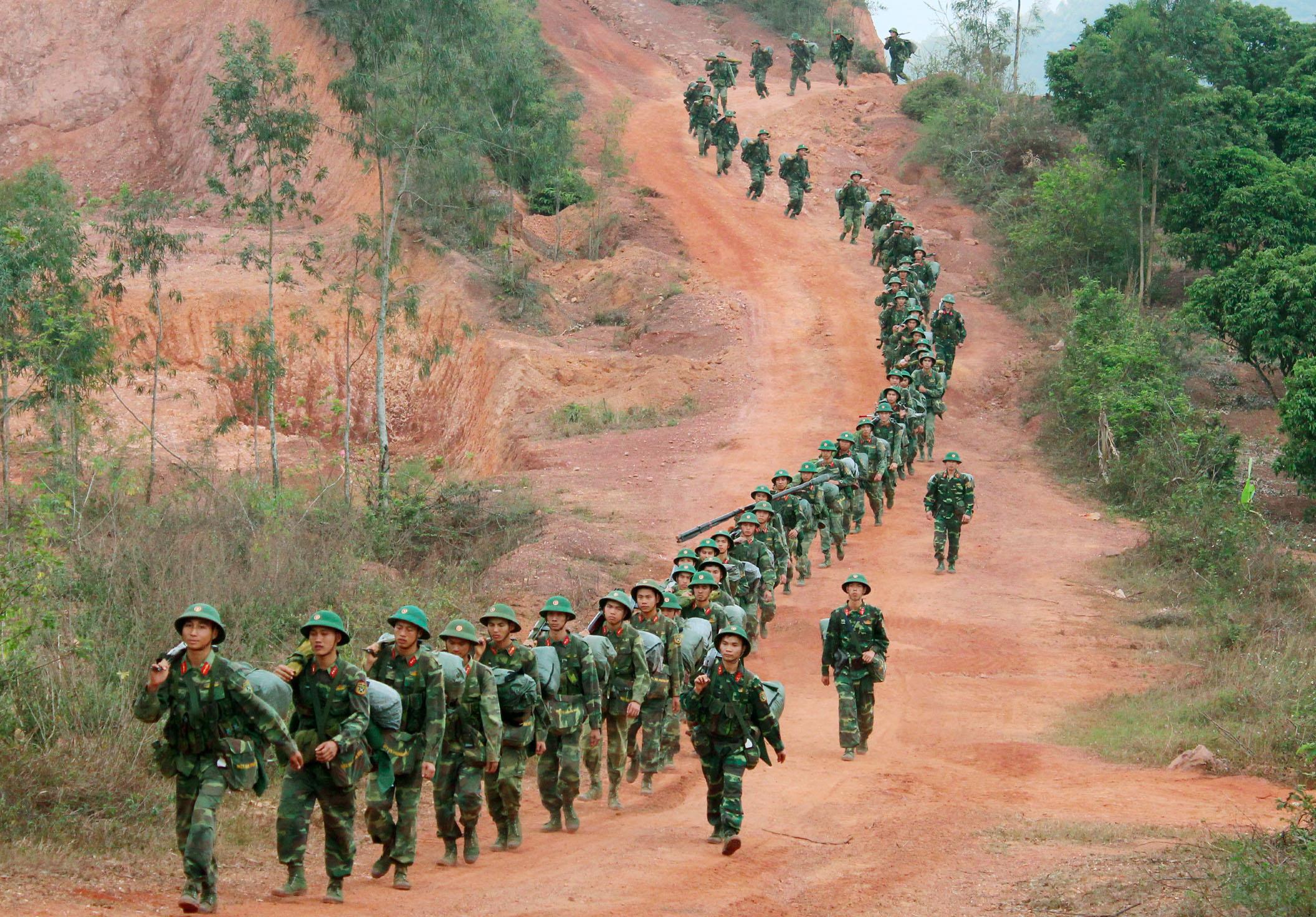By providing a clearer legal framework and delegating more powers to both central and local authorities, the draft Law on the State of Emergency is expected to help ensure timely and effective action in the face of major threats to national security and social order and safety.
The draft Law on the State of Emergency, recently submitted to the National Assembly’s 9th session, proposes a clearer legal framework for managing emergency scenarios. By expanding the authority of both central and local leaders, including the ability to apply unregulated measures when necessary, the draft aims to ensure swift, coordinated responses to major threats such as natural disasters, epidemics, and national security incidents.

To ensure oversight, the draft requires the Prime Minister to promptly report any such decisions to relevant bodies of the Party and the National Assembly. Meanwhile, provincial-level People’s Committee chairpersons would submit reports to Party agencies and the Prime Minister. According to the Ministry of National Defense, which is responsible for drafting the law, these provisions are intended to align with the 2025 Law on the Organization of the Government and the 2025 Law on the Organization of Local Administration.
The draft also defines procedures for declaring a state of emergency. It provides that emergencies may be declared based on the progression of disasters, epidemics, or threats to national defense, security, or public order—or upon proposals of ministries or provincial authorities. In such cases, the Prime Minister may submit a request to the National Assembly Standing Committee. If the Committee is unable to convene promptly, the Government leader may request the President to issue the declaration, either nationwide or for specific localities.
In terms of enforcement, the draft permits the Prime Minister, when necessary, to request the President to mobilize armed forces to areas under emergency status. The Minister of National Defense and the Minister of Public Security may also deploy their respective forces to support local efforts in disaster response, rescue operations, and maintaining public order.
Comprising 42 articles arranged into six chapters, the draft law outlines in detail the principles, procedures, and jurisdiction for declaring, implementing, and terminating a state of emergency. It also specifies the emergency measures permitted and delineates the responsibilities of relevant agencies, organizations, and individuals.










